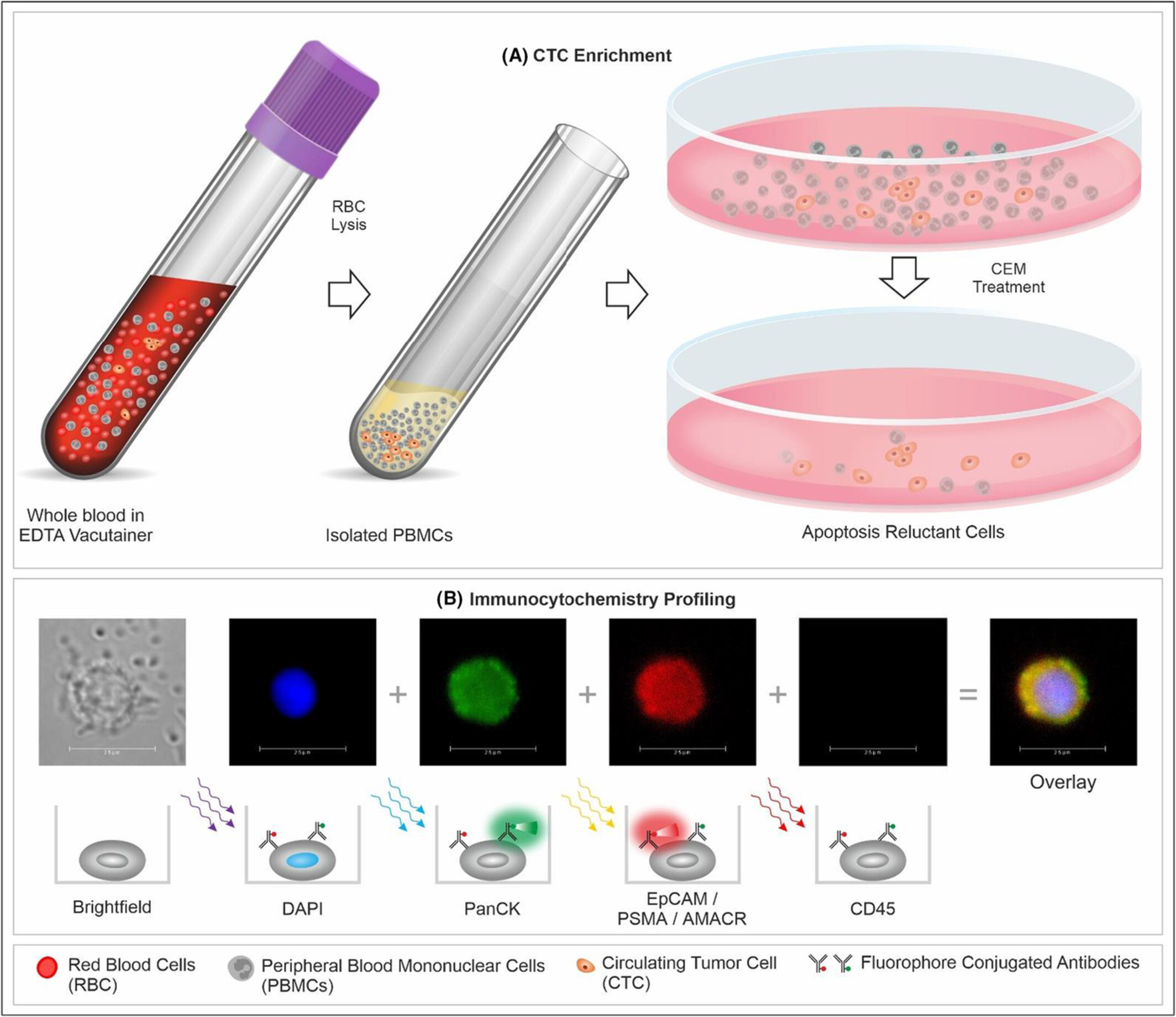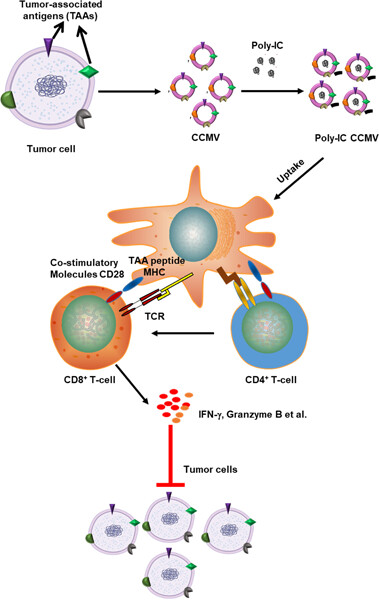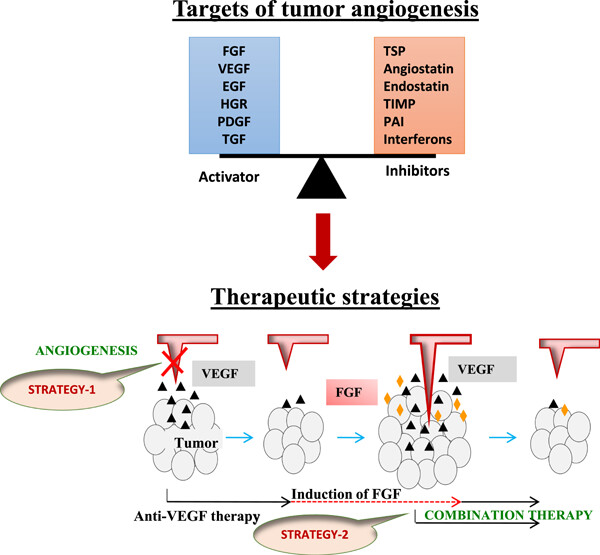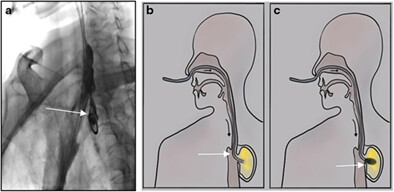Journal list menu
Export Citations
Download PDFs
REVIEWS
Safety and potential increased risk of toxicity of radiotherapy combined immunotherapy strategy
- First Published: 10 May 2022
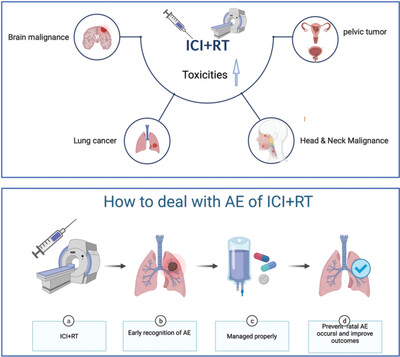
Representative evidence relevant to RT combined with ICI in the brain, lung, head and neck and pelvic malignance suggest that RT+ICI combination therapy might augment toxicities without augmenting sAE. Early recognition and proper management is essential to prevent sAE and indicate a good prognosis.
COMMENTARY
ORIGINAL ARTICLES
Discipline
Developmental Therapeutics
Efficacy and safety of first-line treatments for patients with advanced anaplastic lymphoma kinase mutated, non–small cell cancer: A systematic review and network meta-analysis
- First Published: 07 February 2023
Lorlatinib showed the best progression-free survival benefit not only in anaplastic lymphoma kinase (ALK)–positive non–small cell lung cancer patients, but it also showed promising clinical benefit in ALK-positive patients with brain metastases.
Chemotherapy with the use of next-generation tyrosine kinase inhibitors based on measurable residual disease has the potential to avoid hematopoietic stem cell transplantation in treatment for adults with Philadelphia chromosome–positive acute lymphoblastic leukemia
- First Published: 07 March 2023
In the tyrosine kinase inhibitor (TKI) era, the role and need for allogeneic hematopoietic stem cell transplantation (allo-HSCT) have now become less certain for adult Philadelphia-positive acute lymphoblastic leukemia in first complete remission. This meta-analysis suggests that allo-HSCT confers no survival advantage on measurable residual disease (MRD)–negative patients; and the use of newer generations of TKIs resulted in more patients achieving MRD-negative status, effectively improving survival in nontransplant patients.
Pivotal roles of tumor-draining lymph nodes in the abscopal effects from combined immunotherapy and radiotherapy
- First Published: 13 August 2022
REVIEWS
Crosstalk between metabolic reprogramming and epigenetics in cancer: updates on mechanisms and therapeutic opportunities
- First Published: 20 October 2022
RESEARCH ARTICLES
Clinical Cancer Research
Accurate prostate cancer detection based on enrichment and characterization of prostate cancer specific circulating tumor cells
- First Published: 30 January 2023
REVIEW ARTICLES
The roles of ubiquitination-mediated intrinsic apoptotic signalling in cancer therapy
- First Published: 21 June 2022
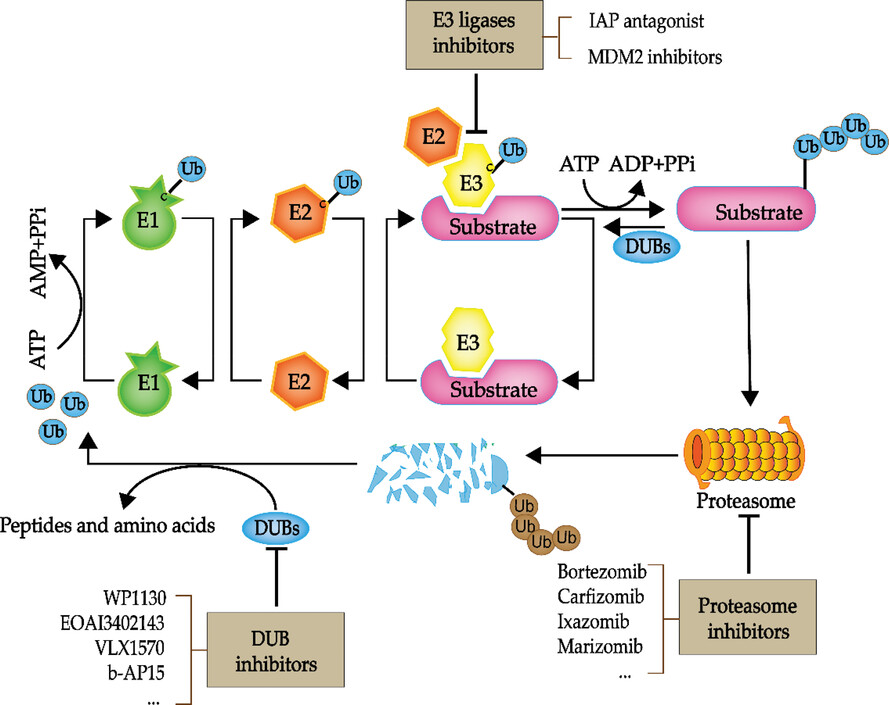
Graphical Abstract. The ubiquitin–proteasome system (UPS) plays a significant role in modulating various phases of tumour cell apoptosis events; therefore, targeting the UPS may provide new inspiration and opportunities to operate cancer cell apoptosis. Here, we systematically summarised the mechanisms of UPS-mediated regulation of cell-intrinsic apoptosis and strategies targeting the UPS-mediated intrinsic apoptosis pathway in cancer.
REVIEWS
The roles of E3 ubiquitin ligases in cancer progression and targeted therapy
- First Published: 07 March 2023
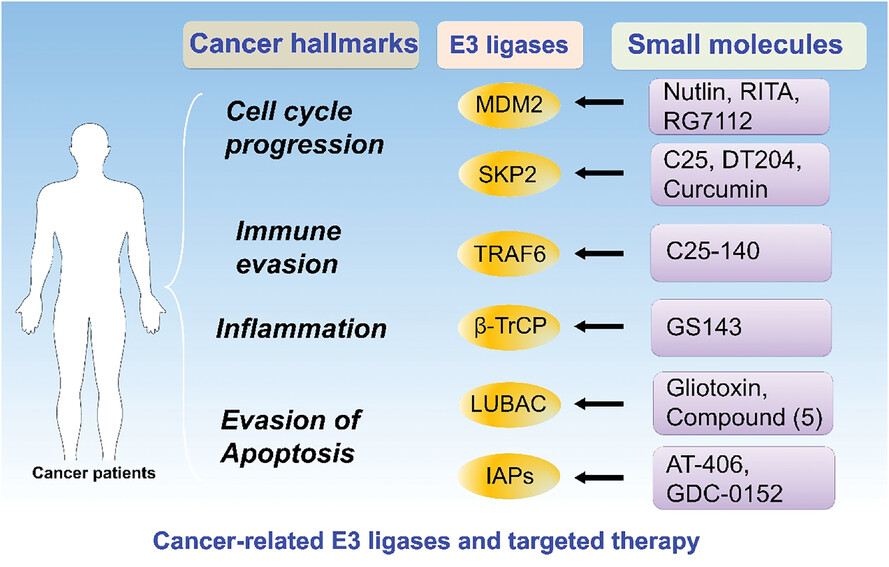
E3 ubiquitin ligases are important players in cellular processes by ubiquitinating substrate proteins in disease progression such as cancer. Owing to this, scientists attempt to identify safe and bioavailable compounds targeting E3 ligases. In this review, we summarise the roles of E3 ligases in cancer-related pathways, highlight the application and clinical significance of small molecule inhibitors and discuss further directions .
The role of cell-penetrating peptides in potential anti-cancer therapy
- First Published: 20 May 2022
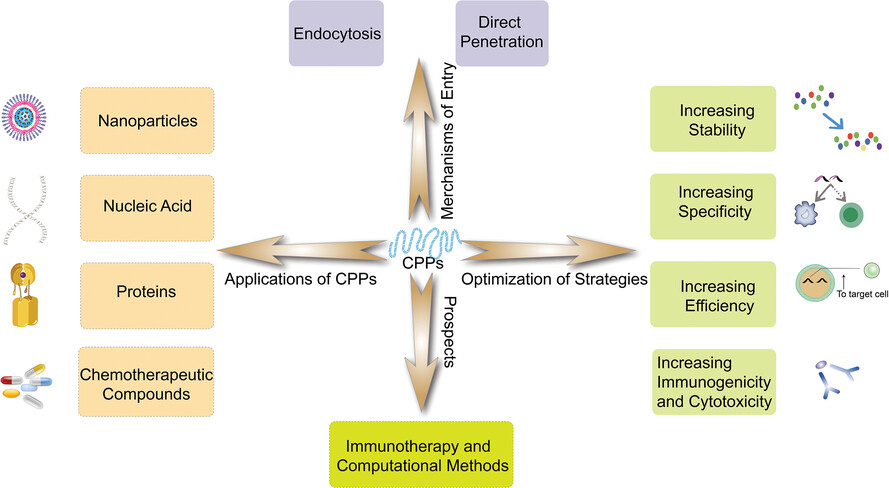
-
CPPs are amino acid sequences that can induce uptake processes by the cells.
-
CPPs can facilitate the intracellular delivery of a variety of anti-cancer therapeutic moleculars.
-
The mechanisms of the CPPs uptake can be generally categorised into energy-dependent and direct penetration.
-
The optimisation of CPPs' defects will promote their clinical applications as drug delivery vehicles.
Original Articles
Evaluation of optical 3D scanning system for radiotherapy use
- First Published: 07 December 2021
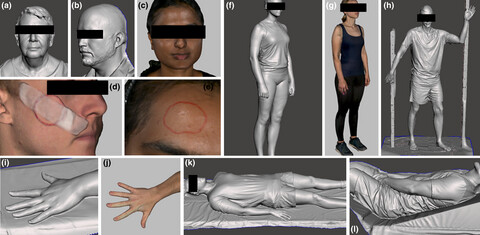
Optical three-dimensional scanning devices can produce geometrically accurate, high-resolution models of patients. In this study, the potential application of these models in the design of radiotherapy treatments and devices has been explored by acquiring 173 scans of 26 volunteers. This paper provides a summary of observations made by both subjects and operators, and describes a clinical workflow that could be employed in other departments.
REVIEWS
Multifunctional nanoparticle for cancer therapy
- First Published: 11 January 2023

Cancer is a complex disease associated with a combination of abnormal physiological processes affecting multiple systems. The single nanocarriers are not satisfy complex cancer diseases. However, multifunctional nanoparticles are upgraded versions of the original function and involve a sophisticated system with a proper backbone. Here, the construction strategies and application advances of multifunctional nanoparticles are systemically summarized.
Human microbiomes in cancer development and therapy
- First Published: 26 February 2023
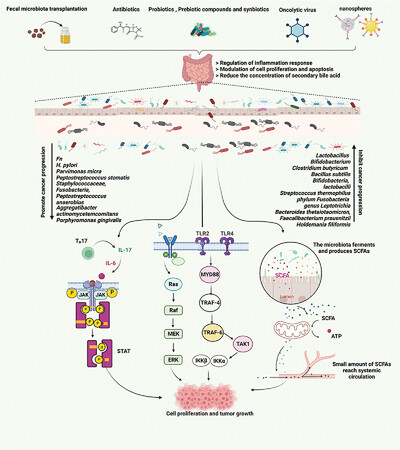
Several microbes, such as Fn, Helicobacter pylori, Fusobacterium, Staphylococcus aureus, Peptostreptococcus anaerobius, and Porphyromonas gingivalis, promote cancer progression. Other microbes, such as Lactobacillus, Bifidobacterium, Clostridium butyricum, Bacillus subtilis, Bifidobacteria, Lactobacoilli, Streptococcus thermophilus, Leptotrichia, Bacteroides thetaiotaomicron, and Faecalibacterium prausnitzii, can inhibit cancer progression. Possible therapeutic approaches for cancer include fecal microbiome transplantation (FMT), probiotics, synbiotics, antibiotics, oncolytic virus, and nanospheres.
ORIGINAL ARTICLES
Engineering nanostructured pure cancer cell membrane-derived vesicles as a novel therapeutic cancer vaccine
- First Published: 11 September 2022
REVIEW ARTICLES
Biomedical applications and prospects of temperature-orchestrated photothermal therapy
- First Published: 07 December 2022
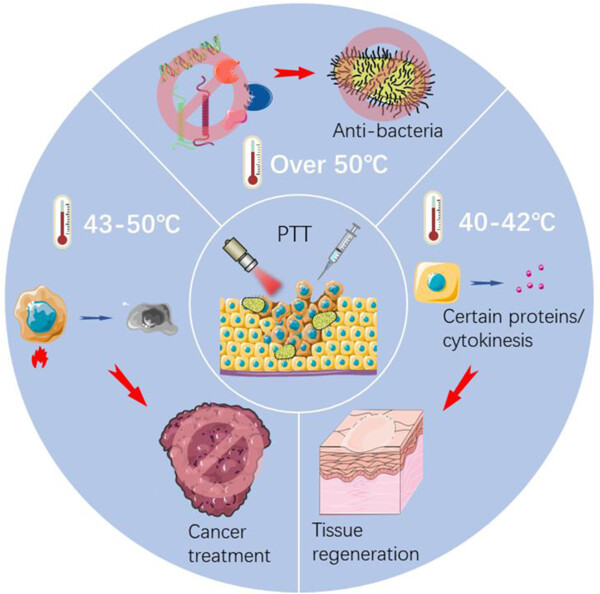
Photothermal therapy can be used for the treatment of tumors, tissue defects, and anti-infection, depending on the effects at varying temperatures. In this review, we summarize the recent developments in the application of temperature-dependent photothermal biomaterials, including the temperature ranges of 40–42°C, 43–50°C, and over 50°C. Moreover, the challenges and perspectives of biomaterials in addressing temperature-orchestrated PTT were discussed.
Precision gas therapy by ultrasound-triggered for anticancer therapeutics
- First Published: 20 March 2023
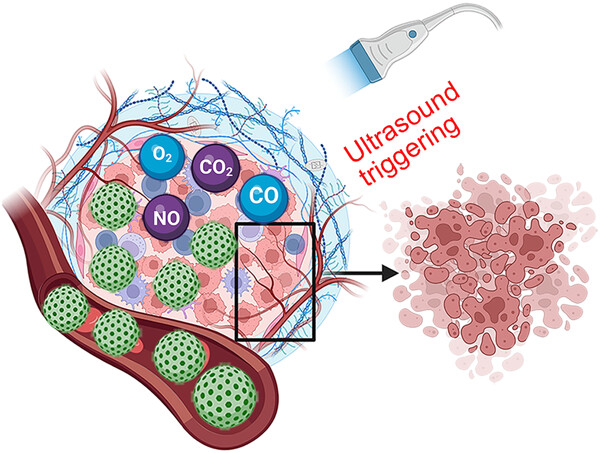
The gas-generating platforms for tumor therapy precisely have been as a green treatment method. We summarized a nice overview on the mechanism, the common gas release pathways of NO, O2, CO, CO2 under ultrasound, and their applications for tumor therapy. We believe this review could represent a new field on antitumor.
Insight on the cellular and molecular basis of blood vessel formation: A specific focus on tumor targets and therapy
- First Published: 08 February 2023
REVIEWS
New technologies and machines for stereotactic radiation therapy
- First Published: 07 December 2022
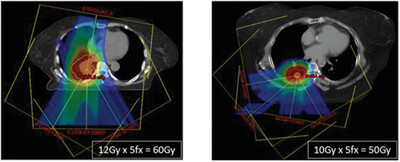
Stereotactic Radiosurgery (SRS) and Stereotactic Body Radiation Therapy (SBRT) have been increasingly utilized in Radiation Oncology to treat early stage tumors, metastatic targets, and retreatment of relapsed diseases due to its efficiency, treatment effect and cost effectiveness in the past two decades. SRS and SBRT both demand high specifications for their delivery machines as they deliver radiation doses with fewer treatment fractions and higher doses per fraction. Manufacturers have either invented specialized technologies solely or customized their existing machines for this purpose. In this paper, we review the major technologies and treatment machines for SRS and SBRT, describe their main features, and discuss the advantages and disadvantages.
REVIEW
Update on therapeutic strategy for esophageal anastomotic leak: A systematic literature review
- First Published: 16 December 2022




